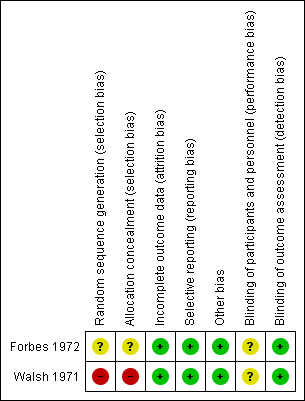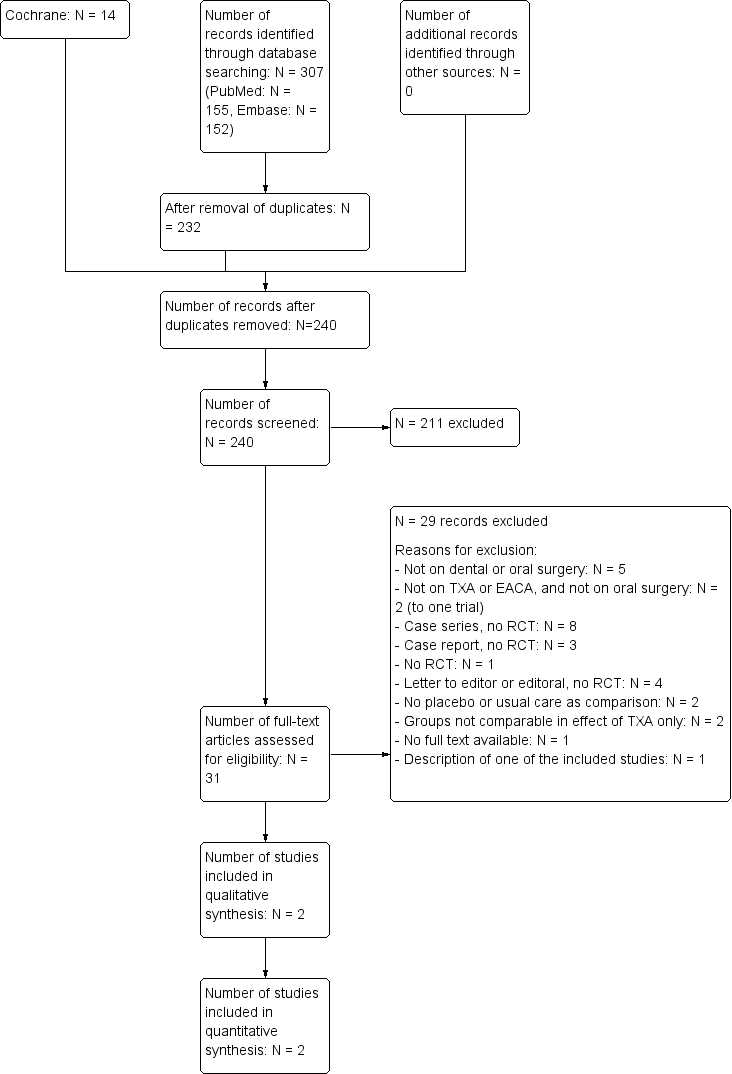Contenido relacionado
Revisiones y protocolos relacionados
Karin PM van Galen, Eveline T Engelen, Evelien P Mauser‐Bunschoten, Robert JJ van Es, Roger EG Schutgens | 19 abril 2019
Antonio Coppola, Jerzy Windyga, Antonella Tufano, Cindy Yeung, Matteo Nicola Dario Di Minno | 9 febrero 2015
Eveline T Engelen, Roger EG Schutgens, Evelien P Mauser‐Bunschoten, Robert JJ van Es, Karin PM van Galen | 2 julio 2018
Alfonso Iorio, Emanuela Marchesini, Maura Marcucci, Kent Stobart, Anthony KC Chan | 7 septiembre 2011
Omotola O Olasupo, Megan S Lowe, Ashma Krishan, Peter Collins, Alfonso Iorio, Davide Matino | 18 agosto 2021
Omotola O Olasupo, Noella Noronha, Megan S Lowe, Derek Ansel, Mihir Bhatt, Davide Matino | 27 febrero 2024
Katharine Ker, Ian Roberts, Haleema Shakur, Tim J Coats | 9 mayo 2015
Davide Matino, Michael Makris, Kerry Dwan, Roberto D'Amico, Alfonso Iorio | 16 diciembre 2015
Lise J Estcourt, Michael Desborough, Susan J Brunskill, Carolyn Doree, Sally Hopewell, Michael F Murphy, Simon J Stanworth | 15 marzo 2016
Chatree Chai‐Adisaksopha, Sarah J Nevitt, Mindy L Simpson, Maissaa Janbain, Barbara A Konkle | 25 septiembre 2017





